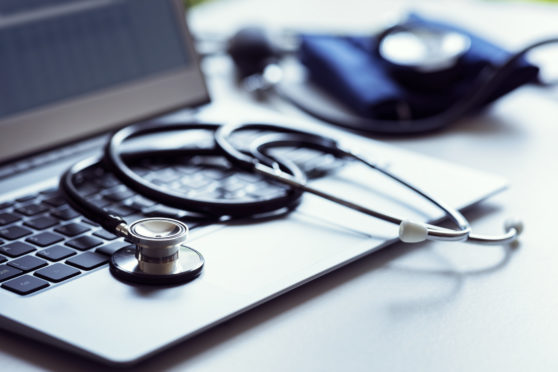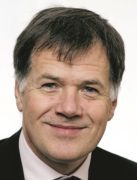A couple of years ago I spent a day at Raigmore Hospital in Inverness, shadowing a hospital colleague. It had been over 20 years since I had worked there as a senior house officer in the medical unit and I felt it was time to familiarise myself with the services as experienced by all the patients I had referred there over the years.
It was fascinating to see for myself what my patients actually go through after I send them in, and how radically things have moved on. I remember, in my day, being blown away by the wonders of clot-busting drugs to treat heart attacks, now quaintly outdated, superseded by the catheter lab.
My colleague and I discussed how we could further improve the care of our patients as they moved from GP to hospital care and back again. But equally important was the actual quality time we spent together. Normally we are merely voices at either end of a telephone or names on the end of an email.
And so, it was a real pleasure when the same consultant returned the compliment and came to spend half a day with me at Dingwall Health Centre. I was delighted when one or two of my patients benefited from his expert cardiology advice there and then although most came with other issues and I had the opportunity to show him the vast range of problems we deal with on a daily basis.
At the end of my surgery, as we drank tea and discussed the session, he made a comment that stuck with me: “I’m surprised by how much of your attention was directed to the computer screen in front of you.”
I was a little stung. But was he right? Am I distracted, shifting my attention from the patient to my computer screen? Perhaps. He, after all, still works mainly from paper notes at Raigmore and I was more than a little proud of the technology at my fingertips. The computer on my desk is like a third person in the room, at times providing useful prompts and guidance, at others seeking to impose its own direction upon the consultation to satisfy the programmed algorithms to centrally-decided markers of quality.
The machine nags away at me. Have you checked her blood pressure? You have not recorded offering smoking cessation advice. He requires a flu vaccine and his last blood glucose is too high. In fact, last week I spent a long consultation obeying my computer overlord to sort out medication for a man with a heart condition and putting the data into the computer only to discover he really wanted to talk about a new pain in his groin.
Throughout my career there has always been a computer in my practice. Twenty-five years ago, it was one single machine of what would now be laughably small capacity which sat in the back office churning out repeat prescriptions. Then later in the nineties, two of us, groundbreakers both, took delivery of a computer in each of our surgeries. Excitedly, I created my first email account. The only problem was that so few other people I knew had email that for some time it was almost never used.
Needless to say, things have moved on. There was a painful phase at the turn of the century when patient records were split between paper and the computer but in 2007, my practice took the plunge and committed to full computerisation and screens now sit on every desk in the consulting rooms and admin offices and as an early adopter of technology, I am very much in favour.
However, when I started at Dingwall Health Centre, our day would end with us sitting round a table, cups of tea in hand, reading the letters and checking the chits with our patients’ blood results before the paperwork would be laboriously filed. I recall the sensation of natural camaraderie and teamwork. Now the system is slick, everything comes to me electronically and I call up notes at a click of the mouse. The downside is that we now spending longer and longer in our individual rooms. We have to schedule in time for breaks to catch up and talk to each other whereas before, it was ingrained into our paper routine.
Of course, if the computer system fails life becomes very difficult as then we have no access to medication records, patient details and test results. Just pen, paper and paralysing panic.
But I remain a fan. Computers have vastly improved the care we can offer. For example, nowadays if I have to admit a patient to Raigmore, she will arrive at the hospital equipped with a printed extract of her notes, her consultation history, her medications, allergies and blood test results – information which would not previously have been readily available.
Meanwhile GPs will need to remember when it is right to turn their backs on the interloper on their desk and give their undivided attention to the patient in front of them.
Dr Miles Mack is a GP in the Highlands and the former chair of the Royal College of General Practitioners Scotland











